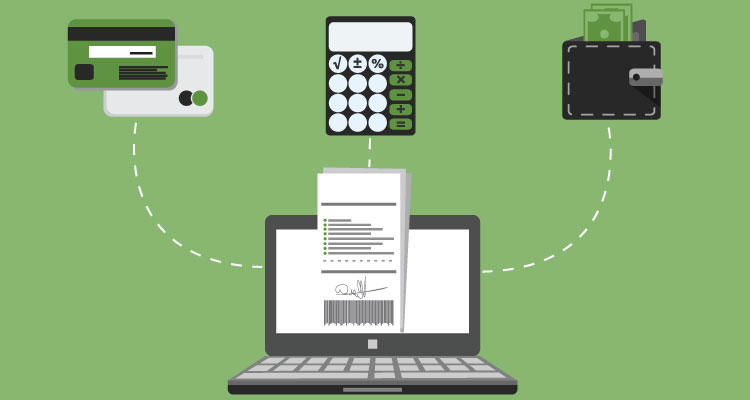

Strong terms and conditions for your invoices are extremely important for your business. If your invoices are difficult to understand or confusing to read, you can do some serious damage to your cash flow. Why? Because it the client can’t comprehend your invoice they’re not going just pay you in good faith.
Your client wants to be sure that they’re being charged the correct amount for the good or services that they requested.
Table of Contents
The first thing that you should do before writing down your terms and conditions is to list all of the possible legal issues or scenarios that could happen.
For example:
It may take some time to think of and generate this list, but once you have all of this written down you’ll be able to create future terms and conditions quickly with the other clients that you will add to your client list.
Most importantly, however, having the right terms and conditions for your business will ensure that you get paid and protect your business if legal action is ever taken.
Having the essential components of an invoice will not only speed up the payment process, it will also answer any questions that the client has regarding the goods or services that you provided for them.
When generating invoices, make sure that you include:
Before sending out the invoice, make sure that all information is accurate and that it’s being sent to the right individual. Any mistakes can slow-up the payment process and make you appear less professional.
This is arguably the most important part of your terms and conditions on your invoice. Why? Because it explains what exactly the client is paying you for.
For example, if you were hired to build a website for a client and it’s more than the client has anticipated, having a breakdown on the time and expenses it cost you to finish job answers any questions or concerns regarding the final amount of the invoice.
This should be obvious, but when you give customers too much time to make a payment, the longer it takes for you to get compensated, which in turns causes a slow cash flow.
So if you have a customer 45 days to pay an invoice, for example, and that customer paid you two weeks late, that means you’ve waited two whole months to receive a payment.
A payment term of 30 days or less is the norm when it comes to invoicing because it’s effective in keeping the cash flowing. However, review your industry’s invoice standards and ask the client when their pay cycle runs. These factors can help you establish your payment terms.
It’s not uncommon for any business that sells products and services too often provide warranties and guarantees. It makes them appear more legit and credible and gives the customer peace of mind. If you do offer a guarantee or warranty, make sure that is clearly mentioned in your terms and conditions.
Don’t forget to address topics like situations where the client/customer loses their warranty or guarantee.
There will be times when customers don’t pay invoices on time. Instead of being passive, you need to be persistent by tracking down those late payments.
Always keep track of your customers’ payment due dates and contact them by phone, email, or mail if you have not paid you by the due date and include late-fee terms on your invoices, like charging interest on past due payments – which a solid cloud-based invoicing platform will do for you automatically.
If you can not get a hold of the late-paying customer, or they’re not responsive to follow-ups, you may have to send a collection letter, hire a collection agency, or take them to court. Make all of this information clear from the start.
Make sure your terms are specifically written for your business. Remember, your business doesn’t have the same needs, resources, and clients that other businesses have. This means that you can’t just copy and paste the terms and conditions from a generic template or another business since they may not address your specific needs.
A template is always good for getting started and steering you in the right directions, but you ultimately have to write terms and conditions that best suit your business and clientele.
Being polite can have a positive impact on your business. Simply adding a phrase like “please pay your invoice within 21 days” or “thank you for your business” can actually increase the percentage of invoices getting paid by more than 5 percent! This may not sound like much, but that could equal thousands of dollars per year into your bank account.
Besides helping you get paid faster, being polite can improve your brand’s image.
Put yourself in the shoes of your clients’ customers and understand that they’re not all familiar with industry jargon and even accounting terms, such as “net 30.” Keep the language in your terms and conditions simple and user-friendly.
Additionally, don’t attempt to hide everything on one page by using a small font so that your customers can’t read the fine print. It will feel sneaky to your client and will harm your reputation (even if there is nothing sneaky on your invoice).
When all else fails, or you find yourself in a sophisticated or specialized situation, don’t hesitate to seek advice from your mentor, fellow business owners, or your lawyer. These are individuals who have experience in writing terms and conditions and are more familiar with laws then you are.
About Due’s Editorial Process
We uphold a strict editorial policy that focuses on factual accuracy, relevance, and impartiality. Our content, created by leading finance and industry experts, is reviewed by a team of seasoned editors to ensure compliance with the highest standards in reporting and publishing.